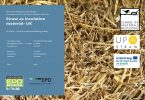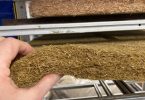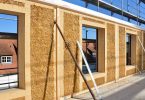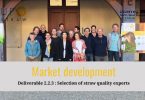Rice is one of the strategic crops in Egypt. In 2013, 24.1 million feddans has been grown with an average production of about 4.3 million tons. It is mainly cultivated in the north eastern part of the country especially in Kafr El-Sheikh, Al-Sharkia and Al-Dakahlia governorates. But the processing of that large amount of rice yields approximately 4 million tons of rice straw as an agricultural residue annually. In Egypt, only 20% of the rice straw is used for other purposes such as ethanol, paper, fertilizers production and fodders. The remaining part is left on the fields for burning, causing high degrees of environmental pollution known as the Black Cloud, despite the high economic value of these residues if they are recycled and reused.
This paper explores the different architectural styles of straw construction worldwide, whether by the rice-cement bricks, straw panels or straw bales. With an aim to reach an economic environmentally adapted system for the wide application of straw construction in Egypt. The paper presents an Egyptian environmental example of building a low-cost house that saves about 40% of the direct cost if it is built by the traditional cement bricks method, in addition to the indirect cost saving in energy consumption, and thermal insulation.
Author: Shalaby, Heidi, 1.3.2016







